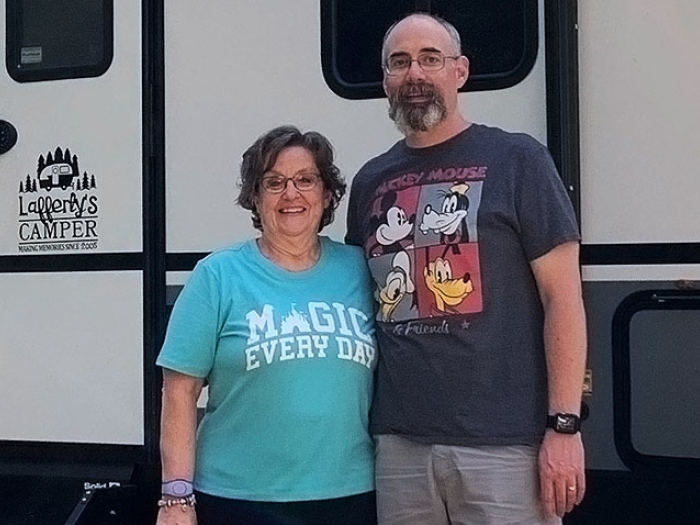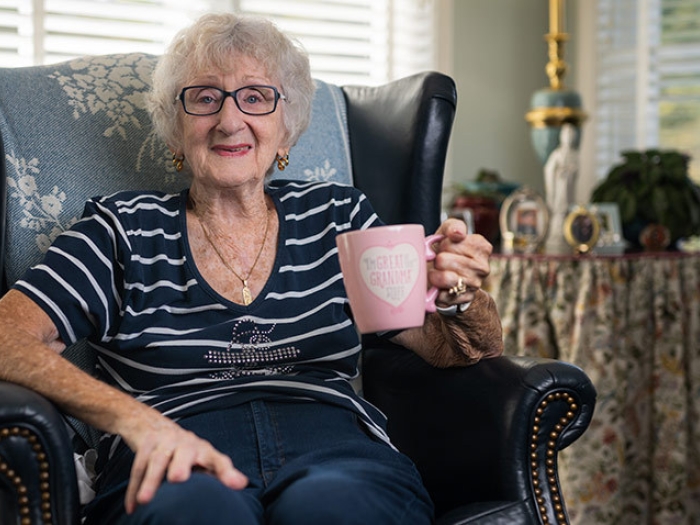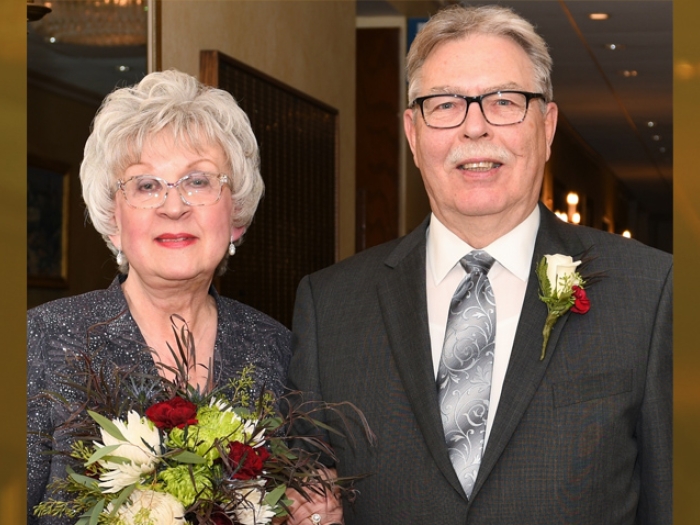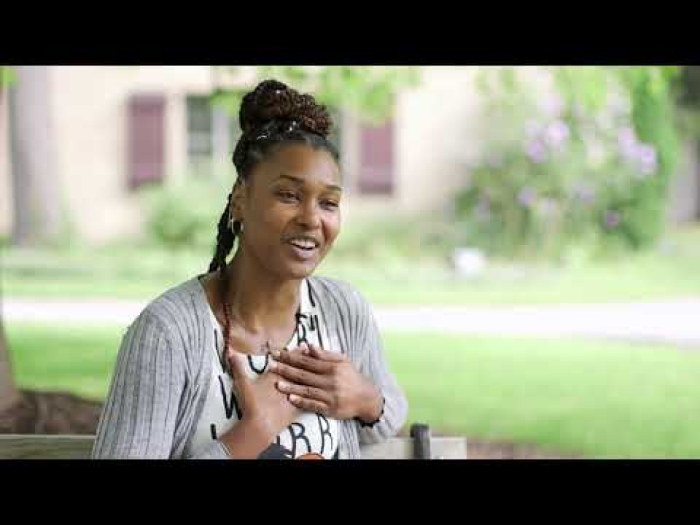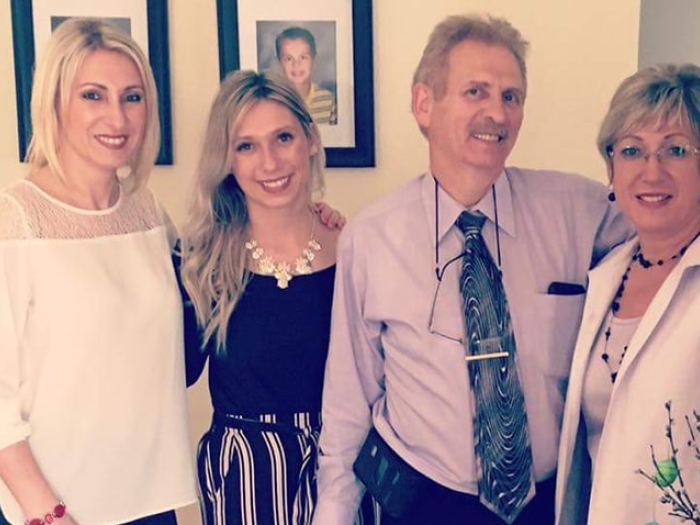A rare birth defect to the aortic valve can lie dormant for years. A look at the signs and symptoms — and how one woman beat the disease.
1:00 PM
Author |

Thelma Thompson was never one to shy away from exercise. At age 67, she was accustomed to playing 36 holes of golf in a single day.
So when she began to tire more easily, Thompson chalked it up to age.
SEE ALSO: Leaving the Hospital — Without a Heart
Then she had a heart attack in 2013.
Thompson was shocked to learn that her coronary artery was 95 percent blocked. At the same time, two types of aortic disease were diagnosed: a bicuspid aortic valve and an aneurysm of her thoracic ascending aorta.
Thompson underwent surgery for the blocked artery at her local hospital, then was referred to the University of Michigan Frankel Cardiovascular Center in January 2015 for her other cardiac ailments.
A rare and serious condition
A bicuspid aortic valve is a defect in the heart's aortic valve and is present at birth.
Normally, the aortic valve has three flaps controlling blood flow. But a person with a bicuspid aortic valve has only two flaps.
Over time, the valve becomes calcified and may not completely open, preventing blood from being pumped out of the heart into the body (or it may not completely close, causing blood to leak back into the heart).
Complications of bicuspid aortic valve disease include aortic stenosis (blocked valve), aortic insufficiency (leaky valve), aortic aneurysm and aortic dissection (an inner layer separates), all of which may be life-threatening.
Although some people with a bicuspid valve are asymptomatic, common symptoms include:
-
Shortness of breath
-
Constant tiredness or fatigue
-
Coughing at night or when in bed
-
Rapid or fluttering heart palpitations
-
Dizziness
-
Chest pain (tightness, angina)
-
Fainting episodes
About 2 percent of the population has a bicuspid aortic valve; it is twice as common in males as in females.
An unexpected setback
Thompson's bicuspid valve replacement and aneurysm surgeries, performed by U-M cardiac surgeon G. Michael Deeb, M.D., and his team, went well. She was back to her regular work routine and regained her strength shortly after.
SEE ALSO: 5 Ways to Measure Your Heart Disease Risk
More than a year later, though, she began having extreme, unexplained back pain.
When a visit to her internist detected an infection in her bloodstream, she was immediately transferred to U-M. The infection was traced to bacteria that entered her bloodstream as a result of dental work performed several months earlier.
Thompson's condition was critical and further complicated by a bleed into her brain. She spent 45 days at U-M, where her infection was treated with antibiotics.
Deeb determined that the new valve and graft were infected and would need to be replaced. However, surgery would have to wait until her recovery from the bleed.
Ultimately, a nine-hour follow-up surgery was a success.
Deeb's first words to Thompson upon her waking: "You are one tough woman."
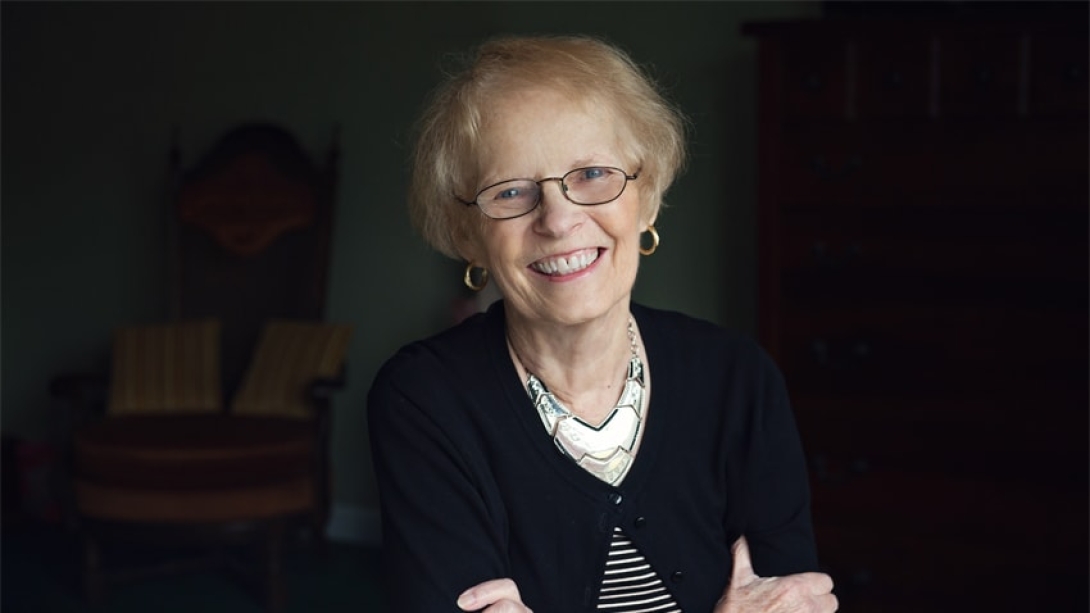
Focused on recovery
"I knew Dr. Deeb would pull me through," Thompson says. "He's an excellent doctor. The entire team took good care of me."
Today, with the support of her husband, Mike, with whom she recently celebrated their 50th wedding anniversary, Thompson is feeling strong — and, of course, excited to get her golf game back in full swing.
"This is not something I want to go through again," she says.

Explore a variety of healthcare news & stories by visiting the Health Lab home page for more articles.

Department of Communication at Michigan Medicine
Want top health & research news weekly? Sign up for Health Lab’s newsletters today!
